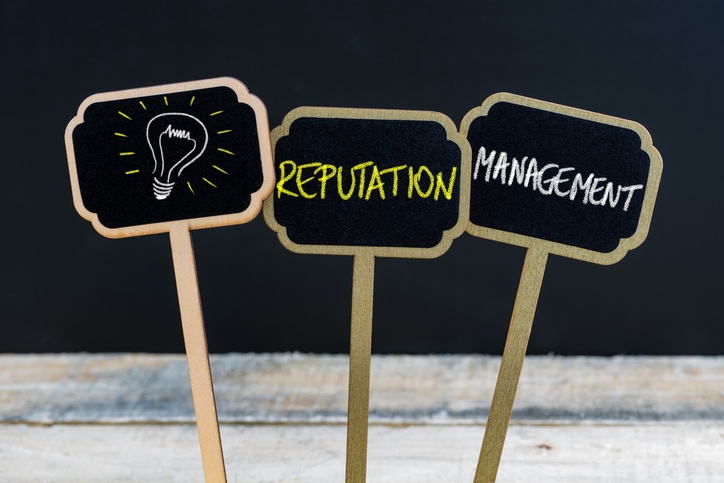Crisis Planning for 2018 – Five Emerging Threats to Watch.

There’s been lots of discussion in crisis management circles over the past year about whether the nature of the task has really changed as much as it might first appear.
It is an interesting and credible point of view.
What has changed is the context of how a crisis unfolds.The advent of digital media, smartphones with video cameras, engaged consumers (especially Millennials) and the shifting roles of mainstream news media and social media platforms like Facebook has impacted dramatically the speed at which an issue catches light, spreads and moves beyond the control of an ill-prepared organization.
However, it is apparent that many of the long-standing principles of crisis management remain unchanged and even strengthened in the digital age.
Take ownership of the problem, maintain two-way communication with your stakeholders, within legal constraints be transparent and remember that a damaged reputation can be restored – a lost reputation is gone forever.
So it is with the threats that a robust crisis plan must anticipate.
In our previous blog we looked at a "famous five" of long standing threats that should be in any 2018 crisis plan.
In this blog we look at a newer set of issues to address in your crisis planning that are more a product of the times in which we live – in many instances, issues arising from where social, culture, race and politics form a toxic stew of organizational threats.
- Online groups organizing a product boycott – In the highly polarized political world in which the US finds itself, even quite humble products have become politicized due to the perceived philosophies of a brand and its owners. Think of Ben and Jerry’s ice cream on one side of the equation and its commitment to certain social issues – and Chick-Fil-A on the other, with perceptions that its ownership with deep roots in the southern Baptist movement influences the brand’s behavior.
- Clumsy forays into social issues by brands – encouraged by consumers, especially Millennials, who want brands to take a stance on important issues, the unfortunate side effect has been a series of embarrassing mis-judgements with the inevitable social media backlash. There was Pepsi’s Kendall Jenner video which attempted to insert the cola into the Black Lives Matter movement – and more recently, Dove’s profuse apologies for a video which appeared to suggest its soap could turn black skin to white.
- Bad employee behavior online – social media and the viral video gives employees a soapbox for views on all kinds of topics. How that impacts the reputation and business of their employer can be a gray area. Threats of violence or extreme racist behavior is one thing. However, in early November we had a very good example of the ambiguity in this area. A cyclist named Juli Briskman identified herself as the person who was giving the presidential motorcade a vulgar gesture in a photo widely circulated on the internet. She was promptly fired from her job with the inevitable for/against backlash in all forms of media.
- Exposure of a dysfunctional workplace culture – there was a time when the only outlet for complaint when bad things were happening in the workplace was HR and maybe an anonymous post on Glassdoor.com. Now the internet and social media has given employees a forum to expose bad leadership and toxic cultures. Uber faced this in 2017 including accusations of sexual harassment from a female engineer. In a different way, Google also faced this issue with its controversial response when one of its engineers published a now famous ten-page memo on the company’s diversity problems.
- The collapse of the company IT system – technology nowadays is at the very core of how a company conducts its business and consumers are very unforgiving when it all goes wrong. Airlines are particularly in the firing line for technology glitches. Delta extended the mayhem caused by a huge Atlanta thunderstorm because pilots could not get through on the telephone to discover their assignments. British Airways made thousands of people very angry in May when it cancelled all its flights for several days following an IT outage.
In the third and final blog in this series, we will look at five of the most important resources you need in your crisis preparedness toolkit to ensure your 2018 plan will be effective when the worst happens.









